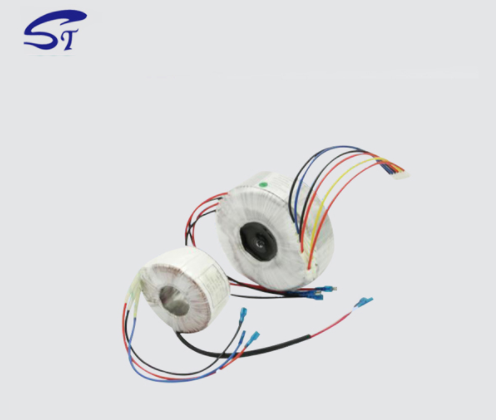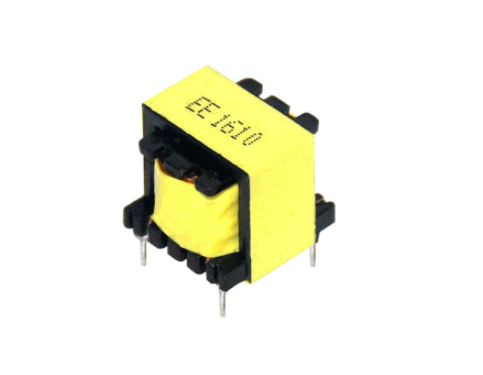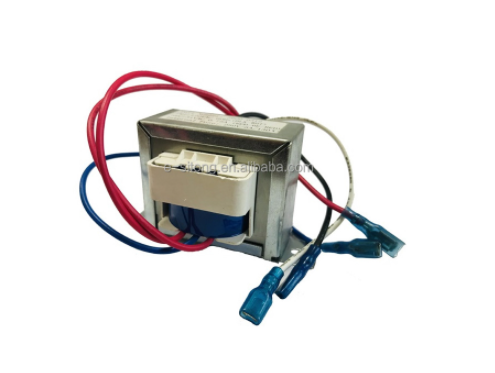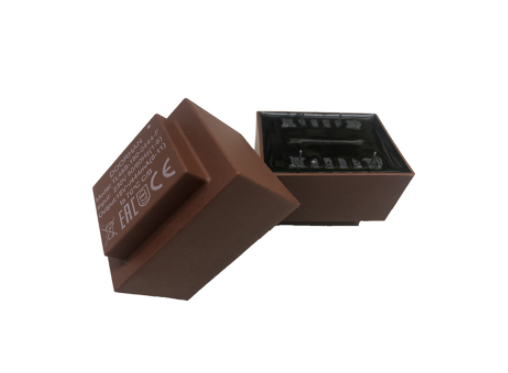A transformer is a passive device that transfers power from one circuit to another and raises or lowers the voltage as needed. It can also be used to transmit power to multiple circuits. There are many types of transformers, which can be distinguished according to the form of winding, voltage range and core material. Application requirements or installation location is a key factor in determining the type of transformer that must be selected. In addition, manufacturers of custom control transformers can design these transformers according to specific requirements. Choosing the right transformer can be a difficult task and you don't want to make any wrong decisions. This article can give you guidance because it discusses the factors to consider when choosing a transformer.

Electric power is a form of energy that every industry and enterprise needs. Without it, the normal operation of machinery and equipment as well as electrical and electronic equipment is impossible. Transformers are an integral part of all electrical connections and circuits because they transmit electrical signals in the circuit. Therefore, the appropriate transformer must be selected according to the requirements. Here are some factors to consider when choosing the type of transformer.
The purpose of installing the transformer is clear, which means that it can be used to distribute electricity from the grid to a designated location in the home or area. This kind of transformer usually carries a low voltage.

EE16 High Frequency Transformer
They can be used in high-power applications, such as power stations.
They are also used to measure current and voltage. These can be integrated into industrial systems for continuous current and voltage monitoring, especially in the chemical and engineering fields.
They are used in some circuits to protect parts or components and to prevent voltage fluctuations. For example, they are used in battery charging devices to control alternating current and voltage and to protect battery assemblies.
Therefore, according to the application requirements, the correct type of transformer must be selected.
If you need a transformer as part of the system, it can operate in automatic mode. On the other hand, you can separate it from the system power supply.
Some transformers can withstand harsh environmental conditions, while others can be used indoors. Therefore, location, whether indoor or outdoor, is one of the important criteria for selecting transformers.

When you select a standard type, some applications may require custom control transformers. In this case, you need to find reliable participants in this segment and discuss your requirements with them. This may require more initial investment than the standard investment; however, in the long run, it may yield better returns and cost savings.
Rating types, KVA to determine load carrying capacity, certification and inventory are also important criteria that you must verify from transformer manufacturers or suppliers.
Primary and secondary voltages and the number of windings are also important factors in the selection of transformers.
The maximum possible temperature rise in the application, as well as the rated voltage and frequency must also be taken into account.
Check the material used in the transformer core. Soft iron and silicon steel are core materials that are used very wisely.

If you are looking for a transformer for your application, in most cases, a custom transformer may be the best choice. No matter which type you choose, be sure to purchase from authorized and certified manufacturers and suppliers. SITONG is a well-known manufacturer of high-quality custom high-voltage transformers and inductors. You are welcome to contact us.